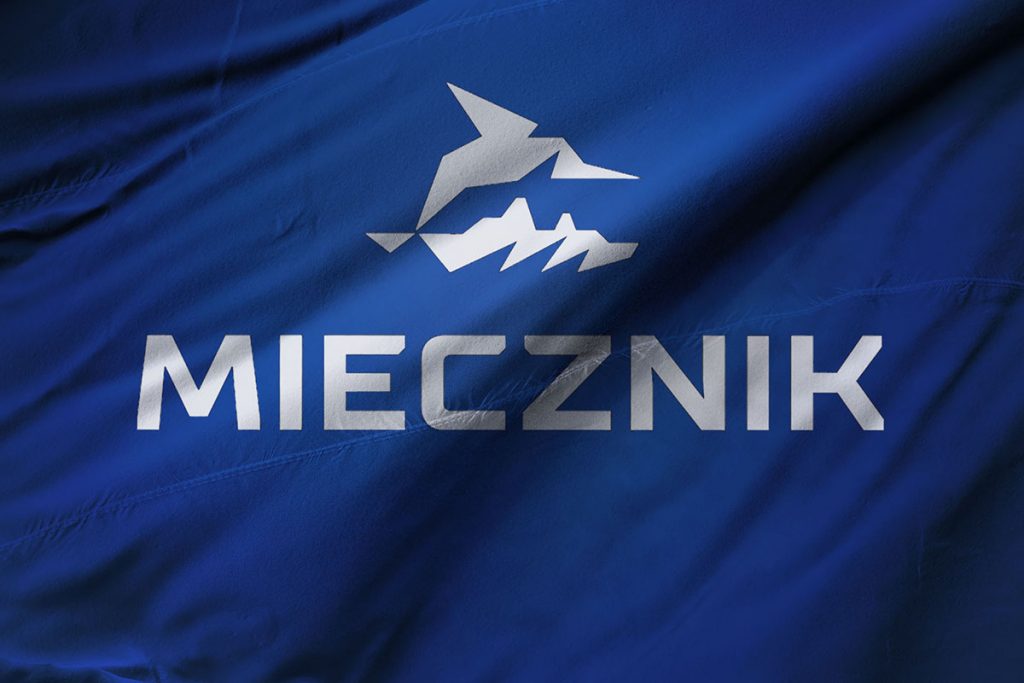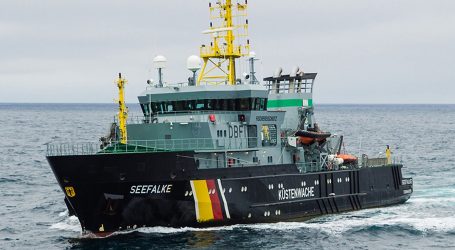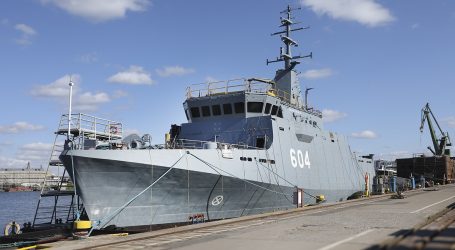British shipyard: ‘Miecznik’ an important point of industrial cooperation

The Miecznik frigate programme is an important point of industrial cooperation, and the experience gained in one project can be used in the construction of other ships, representatives of the British Babcock Group assure.
Babcock Group was selected as the supplier of the platform of the ship, which is to be the basis for new Polish frigates in the Miecznik program. The company stresses that the modular construction of the ship and the automation of production contribute to the creation of sustainable jobs, while the cooperation will also bring social benefits.
“This is a real industry-to-industry, government-to-government relationship, our prime ministers have stressed that the UK wants to be a strong partner for Poland; the Miecznik programme is one of the focal points of this cooperation,” – Babcock International Group CEO David Lockwood said during a presentation to Polish journalists at the shipyard in Rosyth, Scotland.
He noted that the navies of both countries are determined to work together to achieve operational readiness of the new ship for Poland, and the ship’s design can be the basis for the development of further projects.
“Traditionally, ship programmes take a long time, progress slowly, lots of changes are made, each ship is different. We are trying to promote an approach where the product is central: the capabilities developed on one project – where the work, just like in the commercial shipbuilding industry, is automated and repeatable – can also be used to build other vessels,” – Lockwood added.
Babcock Energy and Marine managing director Sean Donaldson pointed out that “the more automated the manufacturing process, the more it can be applied to other projects”. “We manufacture complex structures using specialised tooling,” – he said. He added that staff involved in advanced manufacturing techniques developed for the Dreadnought submarine programme had helped set up a new facility for the Royal Navy Type 31 programme.
Lockwood assured that Babcock wants to be a significant partner for the Polish Arms Group also in other programmes and in the modernisation of the Polish shipbuilding industry. He recalled that the criteria for selecting a technology supplier included not only the construction of a ship for Poland but also the structure of the cooperation.
“What exactly the mechanism of this cooperation is to look like is still under discussion,” – he said. “We have money earmarked to become an investment partner, not just a technology partner. We want to work on this together with PGZ” – Lockwood said. He described the Miecznik deal as “an opportunity to deliver military, industrial and social benefits”.
“The jobs we are creating through automation and digitisation are valuable sustainable, interesting jobs,” – Chief Strategy Officer Patrick Carnie pointed out. He pointed to a plan to reduce carbon emissions to zero by 2040 through renewable energy.
“We are engaging the local community,” said head of HR for the energy and marine section Linda Brailsford. She highlighted programmes for pupils and students.
In March, the Polish side selected a British bid in a programme to build three Miecznik frigates. Babcock will provide the platform design for the Arrowhead 140, a variant of the Type 31 frigate, and is also responsible for technology transfer. The PGZ-Miecznik consortium concluded agreements on strategic cooperation with Babcock and British subsidiaries of Thales Group, which will supply the combat management system, and MBDA, which will supply anti-aircraft armament.
Competing with the British were Germany’s ThyssenKrupp Marine Systems proposing the MEKO A-300 PL project and Spanish shipbuilding group Navantia with the F100 design integrated with the Aegis air defence system.
The PGZ-Miecznik consortium included PGZ, the PGZ-owned Naval Shipyard and Remontowa Shipbuilding. Foreign partners in the project were Babcock, Thales UK and MBDA UK.
The frigates are to be built in Polish shipyards. The first ship is to be built by June 2028, the second by 2033 and the third no later than August 2034. According to the schedule, the construction of the ships is to begin in 2023.
The tasks of the new ships include securing shipping routes and critical infrastructure, as well as participation in allied activities, e.g. as part of NATO’s Standing Ship Teams.
source: PortalMorski.pl



